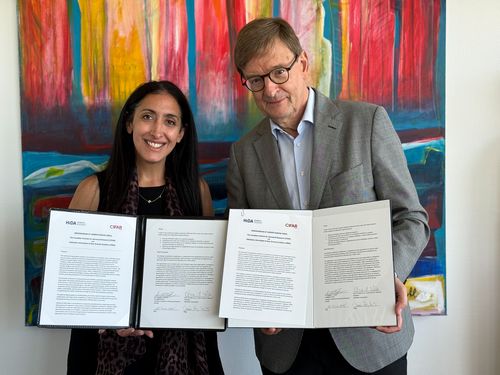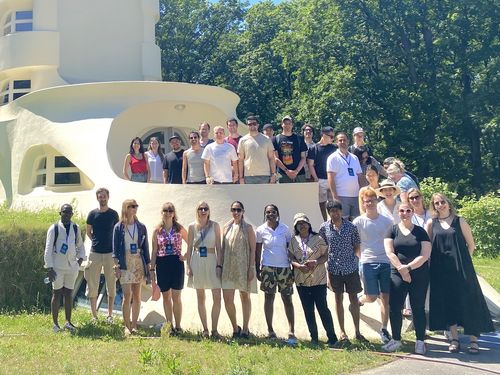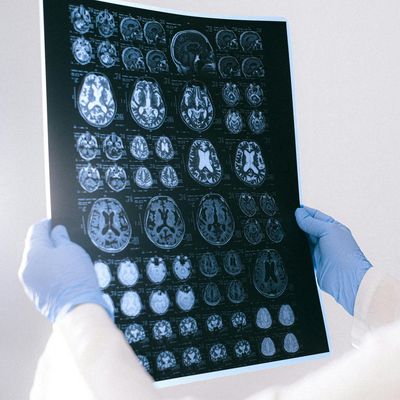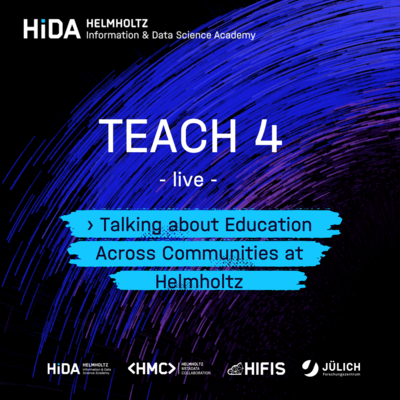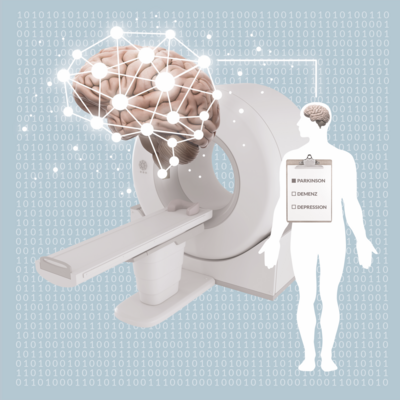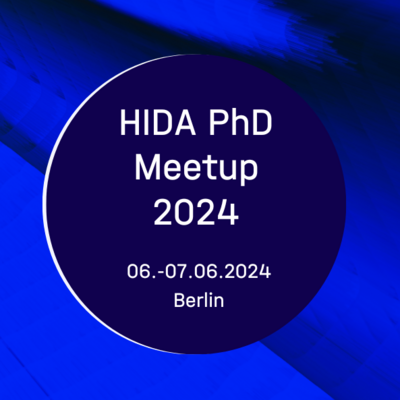When data meets climate – and minds connect
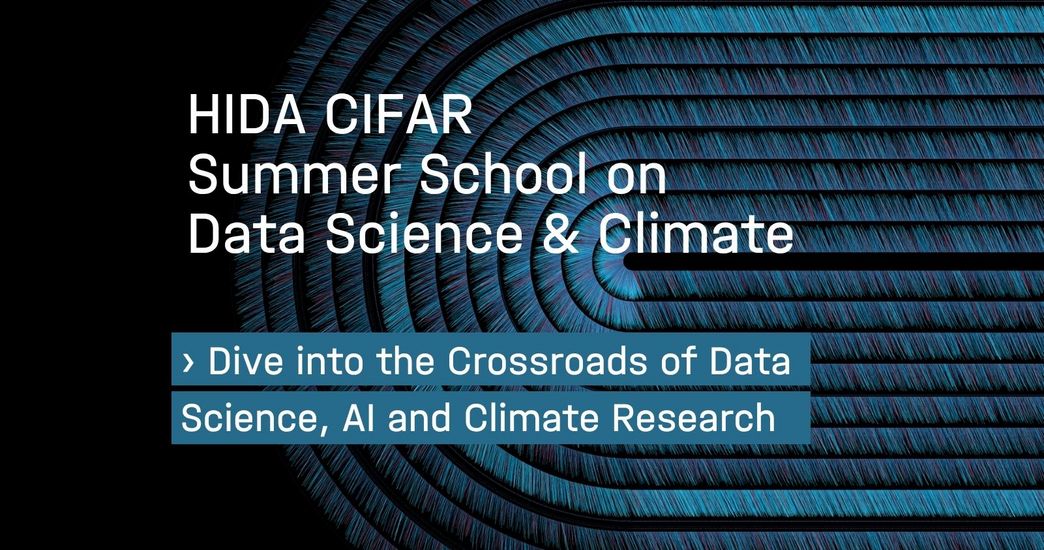
Artificial intelligence, satellite data, and climate research—what sounds like buzzwords became reality at the first joint summer school organized by HIDA and CIFAR. Five days, two locations, 23 participants—and a feeling that something is just beginning here.
Berlin was blazing when, from June 30 to July 4, a group of young scientists gathered at the HIDA office for the HIDA-CIFAR Summer School. But those who attended didn’t let the heat distract them: “Dive into the Crossroads of Data Science, AI, and Climate” was more than just the title of the Summer School – it was an invitation to explore interdisciplinary approaches, learn from one another, and look ahead to what tomorrow’s research requires.
And this invitation was accepted by 23 participants from various Helmholtz Centers as well as international partner institutions of the Canadian network CIFAR. June 30 also marked a meaningful step for future collaboration: with the signing of a Memorandum of Understanding, HIDA and CIFAR laid the foundation for a long-term partnership.
Tuesday was packed with diverse talks. For instance, Peer Nowak impressively demonstrated how machine learning can support climate modeling by helping us better understand the complexity of the Earth system – especially in areas where traditional physical models reach their limits.
Watch the talk here:
In her lecture, Ariel L. Furst (MIT) highlighted a central, often overlooked topic of the technological energy transition: How can we meaningfully compare new technologies with one another? Using case studies on batteries and electrocatalysis, she showed how difficult it is to evaluate efficiency and performance when there are no uniform data standards.
Although research into solutions for a clean energy future is being conducted all over the world, comparing the results often remains problematic due to a lack of comparability, transparency, and reliability.
We also recorded this lecture:
Focus on Potsdam: Hands-on Data
A special highlight awaited the group in the middle of the week: On Wednesday, they set off for Potsdam to visit the Helmholtz Centre for Earth System Research (GFZ). There, participants worked directly with real data sets—such as those from the Sentinel-2 satellite mission—and applied the feature extraction methods they had learned in an intensive hands-on workshop.
The day was rounded off with a guided tour of the historic Telegrafenberg, where research, architecture, and atmosphere came together in a unique way.
What set this summer school apart was not only its well-designed program, but also the openness of the participants to embrace new ideas – both professionally and personally. Questions were asked and discussions held – not only in the seminar room, but also over lunch, during coffee breaks, and on the bus ride back to Berlin.
At the end of the week, there was no official closing ceremony, but rather many informal gatherings, in-depth discussions, and a shared feeling that this summer school was just the beginning of something bigger. The enthusiasm was palpable, and new ideas are already in the air. A similar format, perhaps as early as next year and possibly on the other side of the Atlantic, is already in the planning stages.

